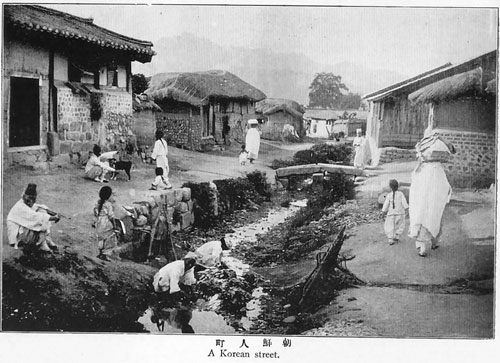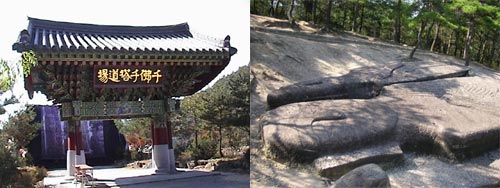
Unjusa Temple, lying buddhas 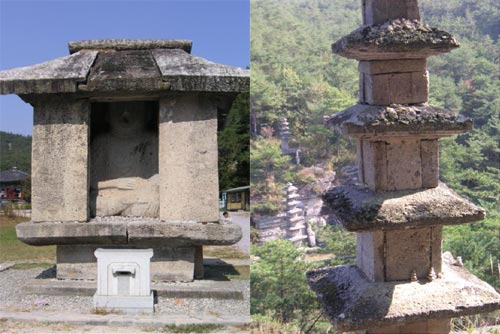
buddha in stone house. pagodas crisscrossing the valley
Unjusa Temple is unlike other temples in that it has unusual Buddha statues and pagodas – it is often referred to as a mysterious temple. The founder of Unjusa Temple is not known but it is speculated that it was built during the Silla Period(BC 57~935).
Unjusa does not have a Geumgangmun or Cheonwangmun, which are very often seen in Buddhist temples. The first thing you see when you enter Unjusa is the 9-story stone pagoda (National Treasure no. 796). The tower, again, does not have intricate designs, and is very simple. If you walk a bit from the 9-story pagoda, you come across a forked road. Go left, and you will see Chilseong Rock. Because it resembles the 7 stars of the Big Dipper, some people argue that the rock is imitating the constellation.
Follow the same road further and you will see two Buddha statueS, called Wabul, where Buddha is reposed on the side, lying down. These statues are, among the ones in Unjusa Temple, the most intricate in design and execution. Go up a bit further, and you will see the Siwibul Statue standing. Pass Siwibul Statue through the thick groves, you will come to 7-story stone pagodas and 5-story stone pagodas. What makes the stone pagodas of Unjusa Temple interesting to examine is that they each have some unique designs.
officail homepage
Tour to Korea, more photo
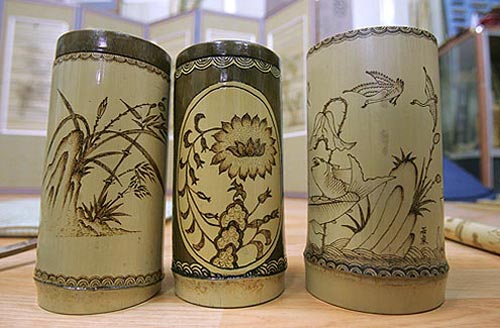
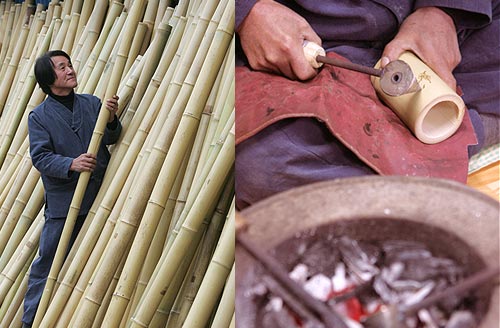
Woonchang Cho, a master in the Korean traditional art of 'Nakjuk'. Woonchang Cho is standing in front of the bamboos, which are boiled and dried in preparation of the 'nakjuk'. The floral and leaf pattern is seared with an iron on a 'nakjuk' quiver. There is nothing else he needs, as he draws with fire.
Nakjuk is considered one of the most complicated technique amongst the applied fine art of 'juk'.Woonchang Cho(65) has drawn with fire using one curved iron for 30 years.
'Nakjuk' is a traditional technique which uses an iron, heated on pine charcoal fire, to inscribe a pattern, a drawing, or a writing on the surface of a bamboo that has been boiled and dried. In Korea, the 'Nakjuk' technique was transmited by Chang-gyu Park from the time of Soonjo in Chosun Dynasty until the Japanese occupation.
In 1969, it was registered as the 31st issue of important cultural properties.
ⓒ copyrights 2003-2018 Designersparty, all rights reserved. all material published remains the exclusive copyright of Designersparty.

|
